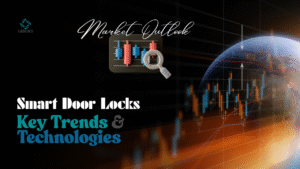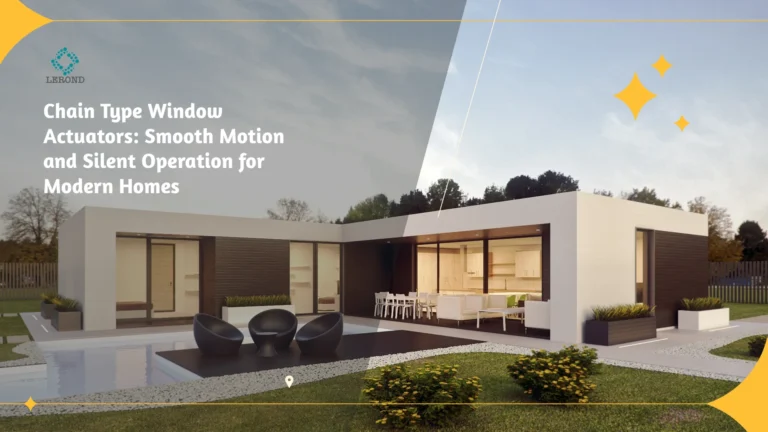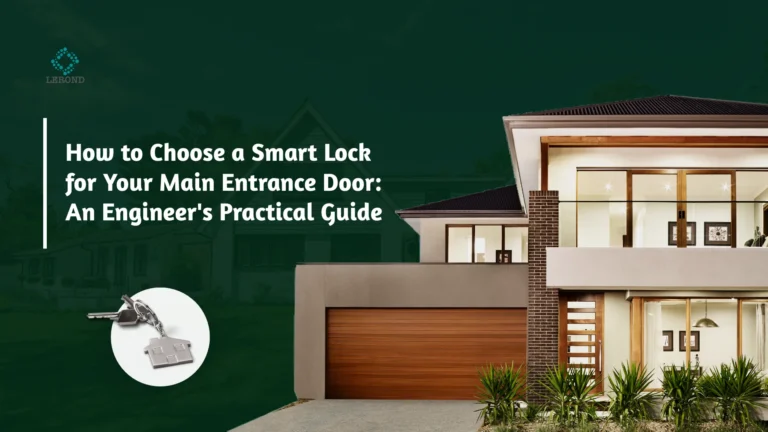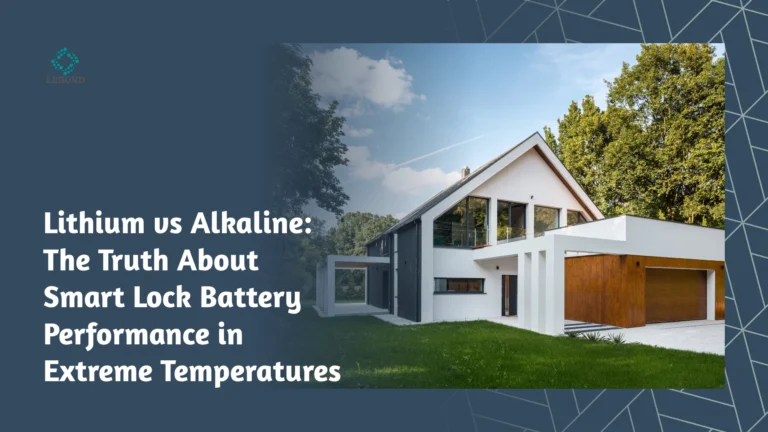As digital transformation reshapes industries across the board, the global smart door lock market is entering a new era of growth, maturity, and segmentation. What was once seen as a futuristic novelty is now a mainstream expectation in residential, commercial, and multi-family buildings.
At LEROND, we see beyond surface trends—our goal is to help our partners and clients understand where the market is truly heading and how to adapt with foresight. Here’s our professional outlook for 2025 to 2030, shaped by real use cases, technology shifts, and strategic considerations.
Market Overview: Where We Are Today
- According to Statista, the global smart lock market was valued at USD 2.2 billion in 2022, projected to grow to USD 8.5 billion by 2030, with a CAGR of 18.7%.
- In 2023, over 18 million smart locks were shipped worldwide, up from 10 million in 2020.
- Adoption rates in new residential construction have jumped from 12% in 2019 to 31% in 2024 in North America.
This explosive growth is not just driven by technology, but also by user expectations, urbanization, and rising demand for remote access management.
1. From Niche to Norm: Smart Locks Become Default in New Builds
By 2030, most new residential and mid-tier commercial buildings in developed markets will default to smart access control systems. Builders, developers, and property managers increasingly see digital locks as:
- A standard offering for convenience and security
- A differentiator in property listings
- A solution to reduce long-term management costs (e.g., lost keys, manual lockouts)
🔍 Forecast: Over 65% of new buildings in urban China, the U.S., and Europe are expected to include smart lock systems by 2028.
Opportunity for OEMs and installers: Become early providers in real estate ecosystems where demand is growing.
2. Segmented Demand: One Size Doesn’t Fit All
Expect demand to further split across several categories:
- Full-automatic mortise locks for high-end apartments and smart homes
- Semi-automatic handle locks for middle-income markets
- Retrofit deadbolts for U.S. and Canadian single-family homes
- Smart padlocks and outdoor villa locks for niche security needs
- Enterprise-grade locks with central management for offices, hotels, and co-working spaces
📊 Data Insight: In 2024, retrofit solutions made up 48% of the U.S. market, while full-systems grew fastest in China at 22% YoY.
LEROND’s approach: We serve the spectrum—from full-automatic systems to affordable upgrades—giving partners flexibility without losing reliability.
3. The Rise of Wireless Protocol Standardization
Fragmentation has long plagued the smart home industry. Between Wi-Fi, Zigbee, Z-Wave, and proprietary protocols, interoperability was a challenge. But by 2025:
- Matter is gaining traction for inter-brand compatibility (over 300 certified devices as of 2024)
- Tuya continues to dominate emerging markets with over 730,000+ product SKUs, popular among startups for flexibility
- Bluetooth Low Energy (BLE) and NFC remain popular for mobile unlocking
📈 Trendline: Multi-protocol support will be a baseline requirement by 2026, especially for smart lock manufacturers looking to integrate into larger ecosystems.
Outlook: The winning brands will be those that either unify multiple protocols or offer stable bridges for third-party integration.
4. Biometrics and AI-Driven Access are No Longer Premium Features
Fingerprint recognition, facial unlock, and AI-enhanced behavior learning (e.g., usage patterns, anomaly detection) are trickling down to mid-market devices. Between 2025 and 2030, we’ll see:
- Smarter recognition systems that combine biometrics with behavioral data
- On-device AI to reduce reliance on cloud-based decisions (faster + more private)
- Enhanced security algorithms to prevent spoofing and forced entry
🧠 2024 Snapshot: Biometrics are already present in over 60% of smart locks sold in Asia-Pacific, with adoption in Europe projected to reach 55% by 2026.
LEROND integration: We’re building biometric reliability into every tier—not just luxury models.
5. Battery and Energy Innovation Will Determine User Satisfaction
Despite the rise of power-saving chipsets, battery life remains one of the most common pain points.
- Expect wider use of supercapacitor backups, energy harvesting (solar/piezoelectric), and ultra-low standby electronics.
- 10,000+ cycles per charge will become the new benchmark.
🔋 Industry Standard: In 2022, average smart lock battery life was 6–8 months; by 2030, it’s projected to exceed 18 months, with rapid charging options.
Advice for clients: Ask vendors not just about battery size—but energy efficiency under real-world scenarios.
6. Beyond Locks: Ecosystem Thinking Takes Over
The future of smart locks isn’t just about the lock. It’s about how it integrates:
- With video doorbells and smart intercoms
- Into property management software and mobile access control systems
- With smart windows, curtains, lighting controls, climate controls, and scene automation
🌐 Convergence Trend: In a recent survey, 74% of property managers preferred lock solutions that could sync with tenant apps and building automation systems.
LEROND’s advantage: As an ecosystem-aware provider, we offer locks that adapt—not isolate—within larger smart environments.
7. Privacy and Data Sovereignty as Strategic Concerns
With the growing connectivity of smart locks, data privacy and regional compliance (e.g., GDPR, local cloud requirements) are now key considerations.
- Expect localized data processing to become a sales differentiator
- Brands that build trust by design will win in both B2B and B2C segments
🛡️ Data Point: Over 67% of smart home users in Europe now list “data privacy” as a top purchasing factor.
LEROND positioning: We support GDPR solutions powered by Tuya for partners.
Final Words: The Smart Lock Is Becoming a Platform
Between now and 2030, the smart lock will transform from a single-purpose gadget to a multi-functional platform: it will manage access, power security automations, serve as a sensor node, and anchor the user’s smart home experience.
For businesses—installers, system integrators, and real estate tech firms—the smart lock is no longer just a product. It’s a strategic entry point into the broader connected living experience.
At LEROND, we’re not just watching the trends—we’re building the tools to empower our partners to lead in this transformation.
Are you ready for the decade of smart access?




